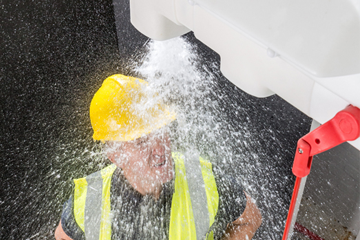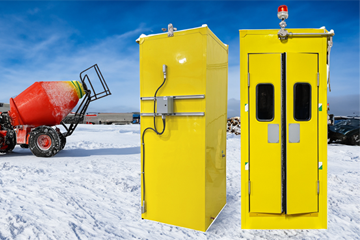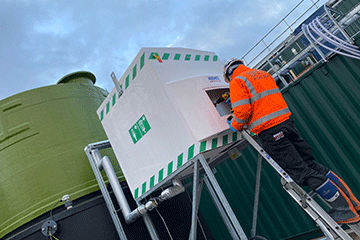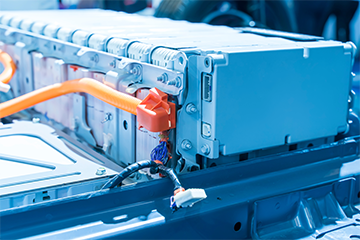Enquiry List () (0)
- Oct 1, 2020
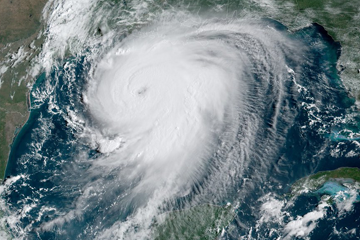
Providing Aid in the Wake of Hurricane Laura
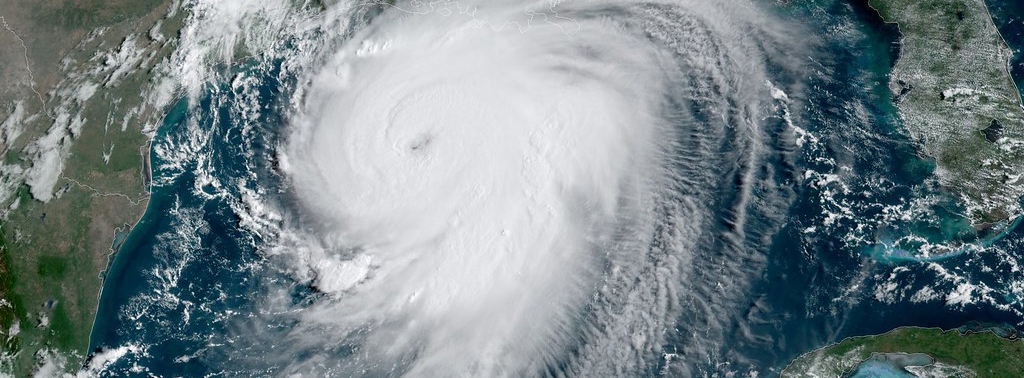
According to data collected by National Oceanic and Atmospheric Administration, September is the most common month for hurricanes making landfall in the US. The official Atlantic hurricane season runs from June through November with an average of 10.1 named storms, 5.9 becoming hurricanes and 2.5 materialising into major, Category 3 or greater, hurricanes.
In 2005 there was a record 15 hurricanes resulting from tropical cyclones. Unfortunately, 2020 has also seen a record number of Atlantic Ocean storms, including five that have struck the United States. “It’s shaping up to be one of the most active seasons on record,” said Louis Uccellini, director of the National Weather Service.
Hurricane Laura, the fifth strongest storm to make landfall in the United States in recorded history, hit the US Gulf Coast at the end of August. Winds of up to 150mph caused severe damage, with power cuts to more than half a million homes and a chemical fire at an industrial plant. According to the Red Cross, around 8,000 homes were destroyed in Louisiana and Texas, the two states hit hardest.
No power, no water
An oil refinery and storage facility in Louisiana were left without electricity and an unreliable water supply following hurricane Laura for several weeks. Subsequently, the plumbed in safety showers on the site were out of action putting worker safety at risk.
Pentanes, caustics and other corrosives used at the facility are extremely harmful in the event of a spill or splash, operatives would not be expected to continue working without fully operational safety showers in reach of the hazards. To avoid huge losses from a potential shutdown, the Louisiana facility reached out to Hughes for emergency units.
Getting back up and running
Hughes Safety Showers provided portable emergency eye wash units and mobile safety showers to ensure site operations could continue whilst keeping employees safe.
- The 15GEW portable emergency eye washes were an ideal fit as they provide a controlled flow of water that exceeds the ANSI/ISEA Z358.1 standard of 0.4 GPM (1.5 LPM) for 15 minutes, providing a reliable safety solution no matter where the location
- The 40K45G-A mobile safety showers were the best option in the circumstances, offering rapid response and flexibility of location. Now available with retrofittable insulated or heated jackets, they are suitable for cooler climates too
As both units are completely self-contained, they are the ideal solution for a disaster environment where plumbing and power are not available.
Safety shower considerations
If a loss of water supply, or unreliable water pressure, is a potential risk for your site Hughes recommend emergency tank showers when looking at purchasing safety showers:
- No need for a plumbed in connection
- Frames built to California earthquake code
- ANSI/ISEA Z358.1-2014 compliant
- Suitable for hazardous areas
- Flow rate of 20 US Gallons per minute (76 liters/minute)
- Provides water at correct pressure and temperature even in remote locations
- Suitable for all climates – immersion heated and jacketed models available plus optional chillers for hot climates
Take action, get the right safety showers for you
You need to ensure that your safety showers are as robust as possible to ensure you can protect your workforce at all times.
If you find yourself without a reliable water supply, ensure you’re able to continue working safely with no lost time or revenue.
Our sales team can help you find the right safety shower for your application, get in contact or request a quote today.





